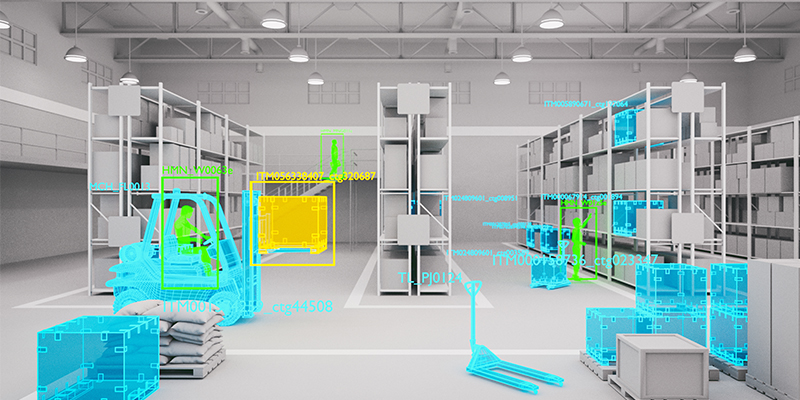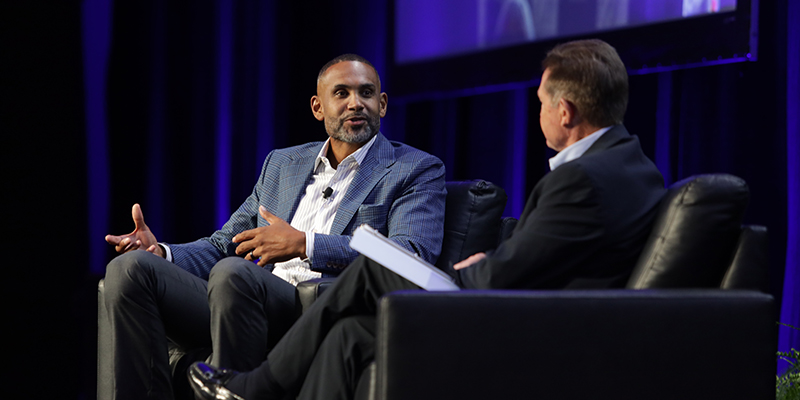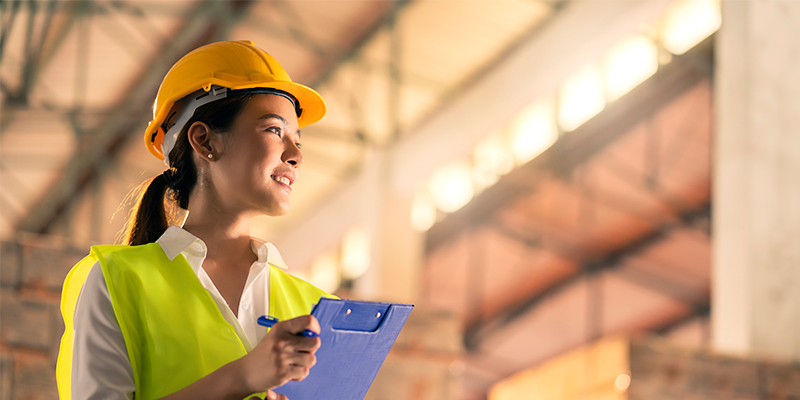A special thanks to Elizabeth McMillan at Crescent Communities for sharing this information below. Please pass along to your colleagues.
As a follow-up to the Charlotte Future 2040 Comprehensive Plan, the Charlotte Planning Department has moved into Part 2 of the implementation phase, the Charlotte Future 2040 Policy Map. This part of the process will translate the plan’s place-based policies to specific locations throughout the community. The Planning Department has put out a survey to collect data and input from residents and professionals to help influence the Policy Map, which will help guide the UDO.
Read More
Important Government Affairs Update
Top 3 Items to Note:
- We are making significant progress on our efforts to identify and bring aboard a seasoned individual to provide additional eyes and ears on the ground in Iredell County and Cabarrus County. More on that to come later this week.
- The City of Charlotte is seeking development/real estate representatives to serve on two advisory boards created by the passage of the policy section of the 2040 Comprehensive Plan. It is essential we engage qualified and knowledgeable individuals to fill these positions. We have an incredible opportunity here and I could use your help. (Deadline is Friday, August 27th, details follow)
- 3 appointees - Housing Advocates (1 appointed by Mayor, 2 appointed by Council)
- 3 appointees - Neighborhood Leaders or Community Organizers (1 appointed by Mayor, 2 appointed by Council)
- 3 appointees - Involved in the Real Estate Development Industry as specified below:
- Non-Profit Affordable Housing Developer (1 appointment by the Mayor)
- For Profit Affordable Housing Developer (1 appointment by the Council)
- Market Rate Housing Developer (1 appointment by the Council)
- 2 appointees - Residents who have experienced or are experiencing displacement (1 appointed by Mayor, 1 appointed by Council)
- 1 Urban Studies and Planning Representative with experience in displacement and gentrification and implementing equitable inclusive development strategies (1 appointment by the Mayor)
- 1 Housing Finance Representative with experience in rental housing finance and homeownership and affordable and subsidized housing (1 appointment by the Council)
- 1 Land Use Representative with expertise and experience in historic preservation and landmarks, zoning, and development rights (1 appointment by the Council)
- 1 appointee - Neighborhood Conditions Representative with expertise and experience in economic development, health, racial/ethnic segregation, schools and education and crime (1 appointment by the Council)
For more information on the new advisory boards, please visit: https://charlottenc.gov/CityClerk/Pages/BoardsandCommissions.aspx
- The next phases of CLT Future 2040 (mapping and UDO) are underway –
- Alan and I had our second monthly meeting with Taiwo and Alyson last Thursday. As a result of that meeting, REBIC will be putting together a small group of design professionals that will meet with planning staff every two weeks (for as long as necessary) beginning a few days prior to the public release of the UDO on October 4th. These meetings will allow REBIC representatives to provide feedback and to receive an immediate response, much earlier in the process, on elements of the proposed ordinance that could be problematic if implemented It also allows us to be a cheerleader for those things in the UDO that help streamline the process and reduce development time frames.
- Brenda Hayden will be joining Alan and me for the monthly meetings beginning in September.
- A brief presentation containing the projected schedule for mapping/UDO is here.
- The planning staff is providing a presentation to the Transportation, Planning, and Environment Committee this morning at 10:30 am. Here’s a link to the agenda (viewing information is contained therein): https://charlottenc.gov/CityCouncil/Committees/Transportation%20and%20Planning%20Doc/TAPE_Committee_Meeting_Agenda_August_23_2021.pdf
- There will also be a presentation to the full Charlotte City Council this evening. The meeting begins at 5:00 pm and the agenda is located here: file:///C:/Users/rnanfelt/AppData/Local/Packages/Microsoft.MicrosoftEdge_8wekyb3d8bbwe/TempState/Downloads/Agenda%20(1).pdf
- To view the meeting, click on this link and go to the appropriate viewing box: https://www.youtube.com/results?search_query=city+of+charlotte
- Due to recent and higher than anticipated COVID infection rates, the Government Center has been closed to the public for the time being.
originally published by NAIOP Research Foundation with permission to repost for NAIOP Charlotte
Read More
North Carolina Budget Update
originally published by REBIC with permission to repost through NAIOP Charlotte
Read More
originally published by REBIC with permission to repost on CRCBR.
Read More
Shaping the Workplace: Generational Insights, Behavioral Predictions and Forecasts
originally published by Brielle Scott for NAIOP National
Read More
Emerging Trends 2022 Report: Flexibility, Resilience to Drive Commercial Real Estate for Next Decade
Read More
originally published by Brielle Scott for NAIOP National
Attendees at CRE. Converge this week had the unique opportunity to hear from seven-time NBA All-Star and sports icon Grant Hill. Skip Kalb, principal, Skip Kalb Strategies, LLC, and incoming chair of the NAIOP Research Foundation, interviewed Hill about lessons learned through his time in the NBA, his recent appointment to lead the USA Basketball Men’s National Team in the 2024 Olympics, his transition to a powerhouse commercial real estate investor and owner in several markets across the country, and more.
Read the Full Article Here!
originally published by K.J. Jacobs for NAIOP National

Read More
originally published by Maria Sicola, Charles Warren, PhD, and Megan Weiner of CityStream Solutions, LLC and posted for NAIOP Global
In 2020, the NAIOP Research Foundation published A New Look at Market Tier and Ranking Systems, which identified the limitations of one-dimensional tier and ranking systems that are commonly used to evaluate metropolitan commercial real estate markets. When tailored to the needs of a specific type of investor, these models can help prioritize markets for consideration. However, tier and ranking reports designed for a more general audience tend to be of only limited use to most end-users since they do not account for differences in investment strategy, risk tolerance or specialization. Further, all tier and ranking models condense complex market characteristics into a single score, providing only limited information that investors can use to evaluate and compare different markets.














